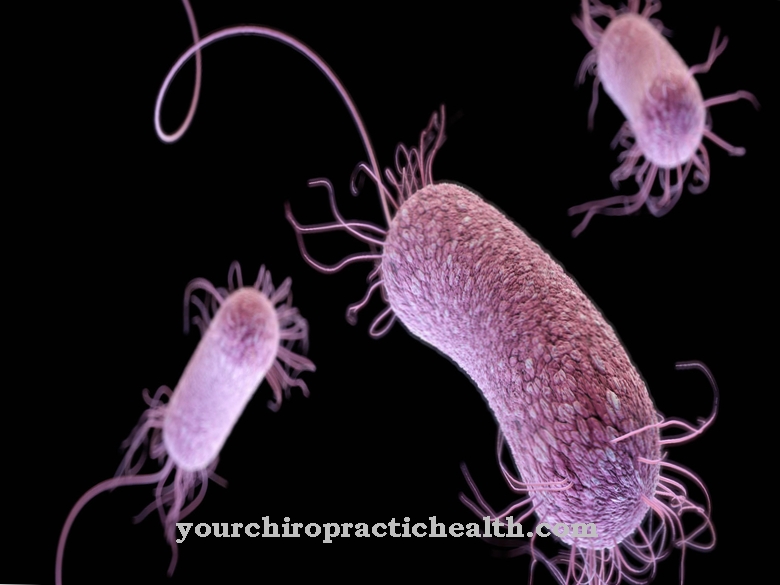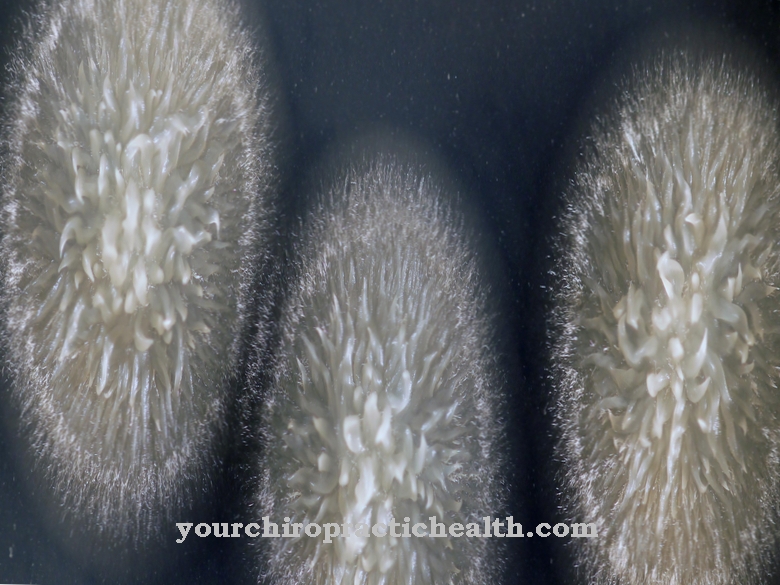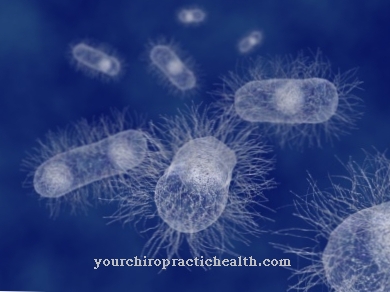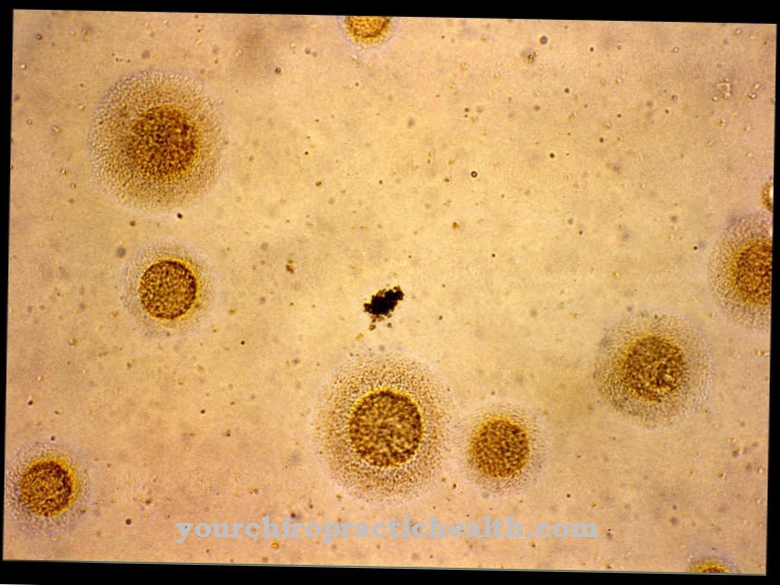Apicomplexa, also Sporozoa called, are unicellular parasites with a cell nucleus, whose reproduction takes place alternately between asexual schizogony and the sporozoites resulting from sexual fusion of gametes. As a rule, the change is associated with a host change typical of Apicomplexa. The best-known representatives of the apicomplexa, which belong to the eukaryotes, are plasmodia (pathogen of malaria) and Toxoplasma gondii (pathogen of toxoplasmosis).
What are apicomplexes?
Apicomplexa, are unicellular parasites with a nucleus, so that they are counted among the eukaryotes. They owe their name to the so-called apical complex, which is common to all apicomplexa and which enables the parasites to pierce the membranes of cells in order to allow their so-called ropters, small cell organelles, to transfer their lytic enzymes and some kinases into the cytoplasm of the attacked Empty cell.
The apicomplexa are fed by micropores in their complex enveloping membrane and not by phagocytosis. Although the apicomplexa have lost their cilia and flagella in the course of evolution, they can easily meander and glide.
A characteristic of the Apicomplexa consists in their host change, which is usually associated with the change from asexual to sexual reproduction. In some species, the host change is not very spectacular and takes place from vertebrate to vertebrate. Four different types of plasmodia, the causative agents of malaria, undergo a spectacular host change between the mosquito Anopheles and humans.
In asexual reproduction, up to 4 merozoites arise from each cell through division of the nuclei and subsequent cell division, some of which further develop into male microgametes and female macrogametes. Two gametes each unite after a host change and, after a meiosis and further mitoses, form a large number of infectious sporozoites that grow in oocysts.
Occurrence, distribution and properties
It is very likely that Apicomplexa have developed into obligatory intra- or extracellular parasites in the course of evolution. Evolution led to the loss of their originally existing cilia or flagella, which they no longer urgently need in their current way of life, since they no longer have to fanning themselves with food and the need for active locomotion is largely eliminated. The plasmodia living intracellularly in erythrocytes are literally surrounded by numerous nutrients in the cytoplasm, which they only have to absorb through the micropores of their cell membrane.
Most representatives of the Apicomplexa live extracellularly in the body cavities of their hosts. Usually it is the intestinal tract. Infectious sporozoites, which mark the beginning of an infection and development cycle, are excreted with the faeces and can survive a "waiting phase" of up to two years in the soil undamaged. Sporozoites of the Apicomplexa are therefore ubiquitous in almost all climatic zones.
It looks a little different with the plasmodia that live intracellularly in erythrocytes. They are dependent on the host change from the Anopheles mosquito to humans or other vertebrates, so that, with a few clinical exceptions, infection can only occur through the proboscis of an infected mosquito. In the mosquito's saliva there are sporozoites that attach themselves to the liver tissue and begin to multiply there. They later get back into the blood and migrate into erythrocytes, where they develop further depending on the type of plasmodia. Some of the resulting merozoites further differentiate into male microgametes and female macrogametes, which can be ingested by a female Anopheles mosquito and which develop again infectious sporozoites in the mosquito in a sexual reproduction process within oocysts. Infection is therefore limited to regions where Anopheles lives. Exceptions are airports and ports where imported infected Anopheles mosquitoes can transmit malaria for a short time.
The most important apicomplexes are coccidia, Toxoplasma gondii and the plasmodia described above. Intracellular living coccidia predominantly colonize the gastrointestinal tract of many vertebrates and cause coccidiosis, which is usually mild with diarrhea and similar symptoms. Toxoplasma gondii, the causative agent of toxoplasmosis, lives intracellularly and prefers cells of the intestinal epithelium. One of the main routes of infection are domestic cats, which are infected by mice, for example, and can also infect humans if they come into close contact.
You can find your medication here
➔ Medicines to strengthen the defense and immune systemIllnesses & ailments
Cyclospores, isospores and cryptospores are particularly relevant as the cause of coccidial infections in humans.People with a weakened immune system are particularly at increased risk of infection. Coccidiosis manifests itself through unspecific symptoms such as severe diarrhea and abdominal cramps, which - if left untreated - can last for several weeks and lead to severe electrolyte loss.
Toxoplasma gondii, the cause of toxoplasmosis, often infects cats, which can transmit the infectious sporozoites to humans if they come into close contact with humans. If the pathogen encounters an intact immune system, there does not seem to be any danger, as only a few or no disease-related symptoms occur.
The infectious sporozoites can attack cells of the phagocytic system and form mother cells there via so-called endodyogeny, each with two daughter cells, which as bradyzoites (also cystozoites) can become asymptomatic in all organs, in the liquor and even in the CNS in so-called pseudocysts. The pseudocysts are suppressed by the immune system, but - even after several years - with a weakened immune system, pregnancy, illness or artificial immunosuppression, they can cause a kind of endogenous infection without renewed contact with the pathogens.






.jpg)










.jpg)



.jpg)

.jpg)




